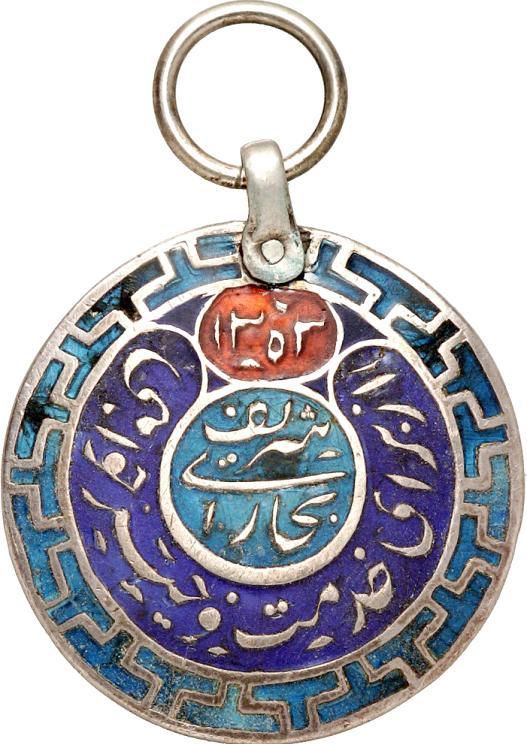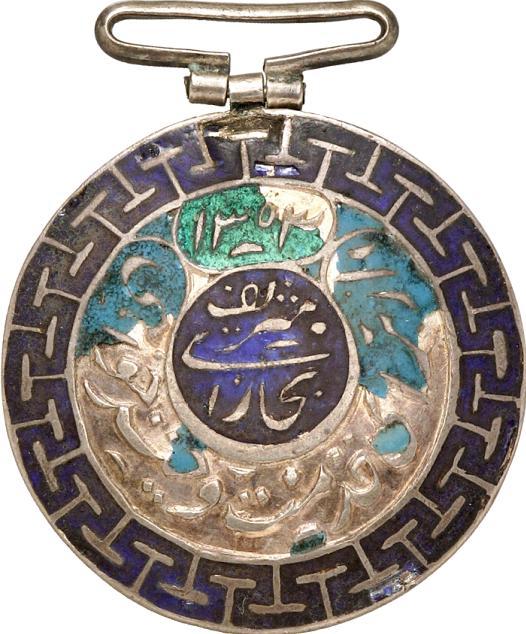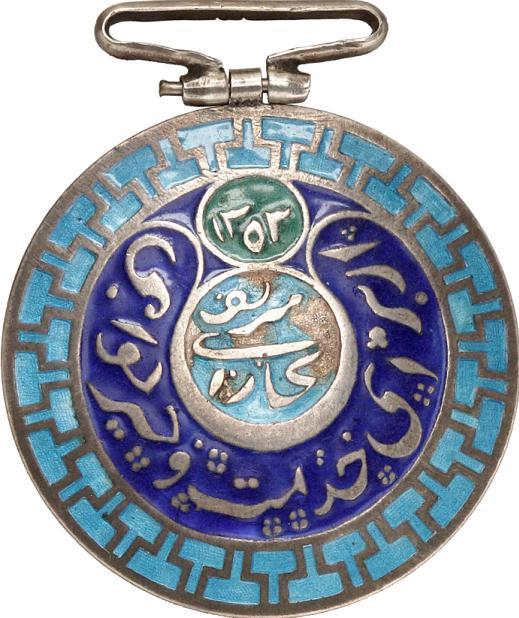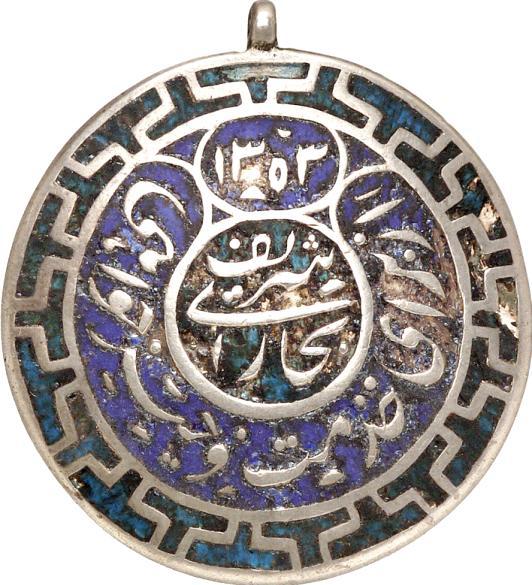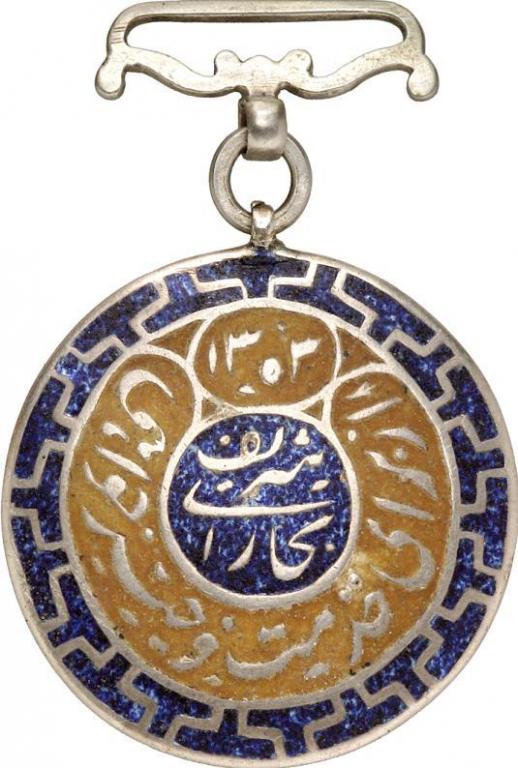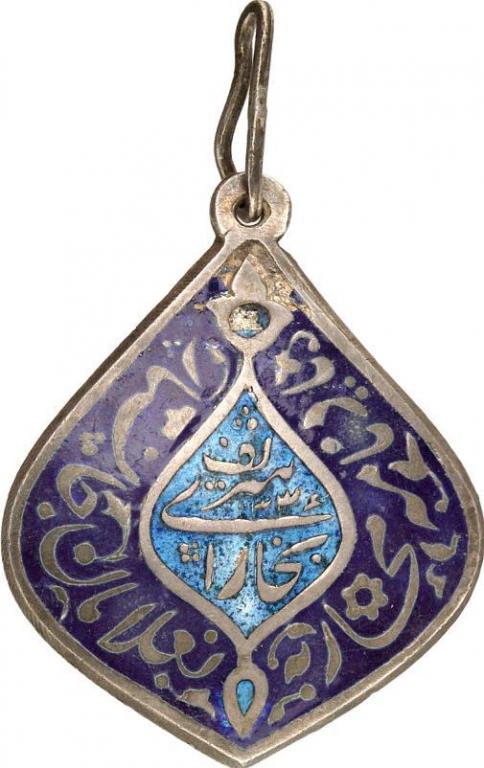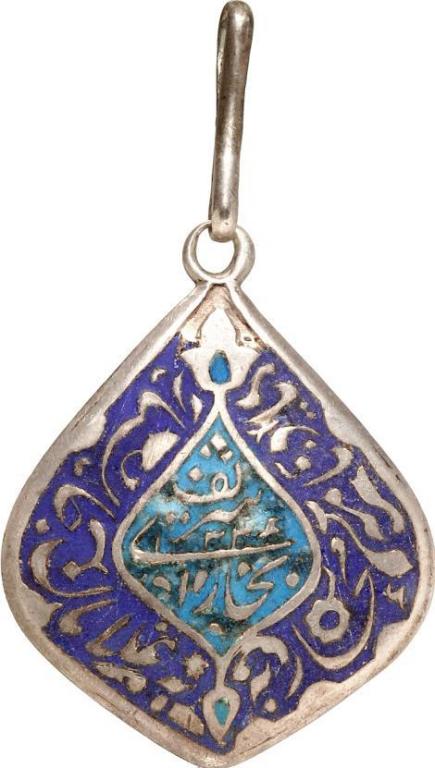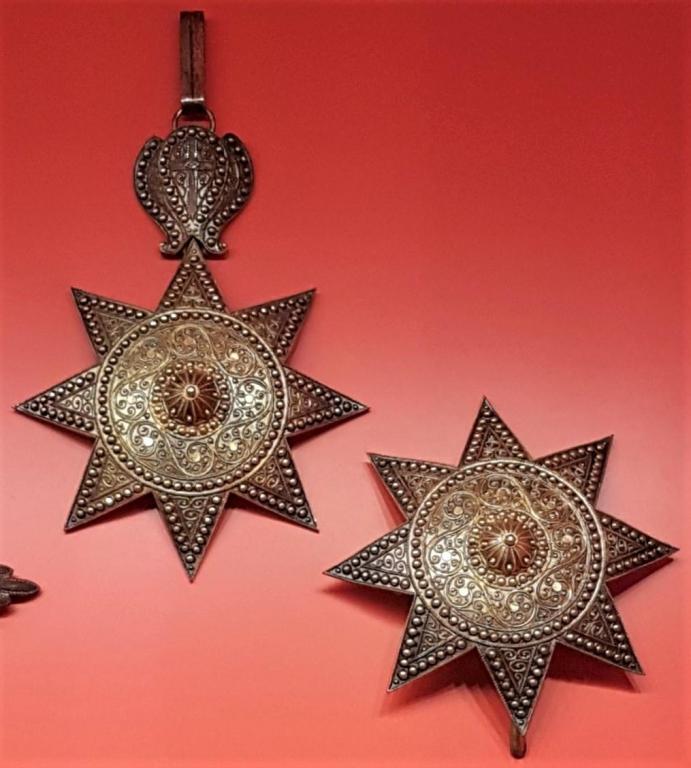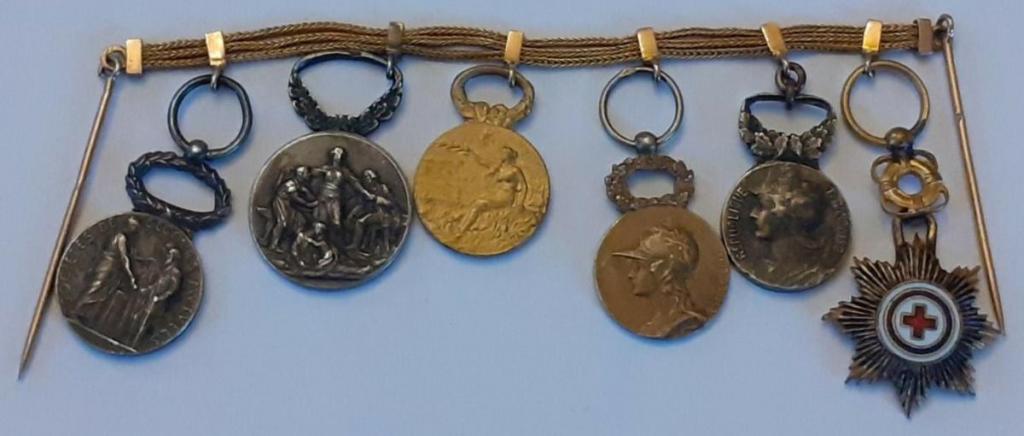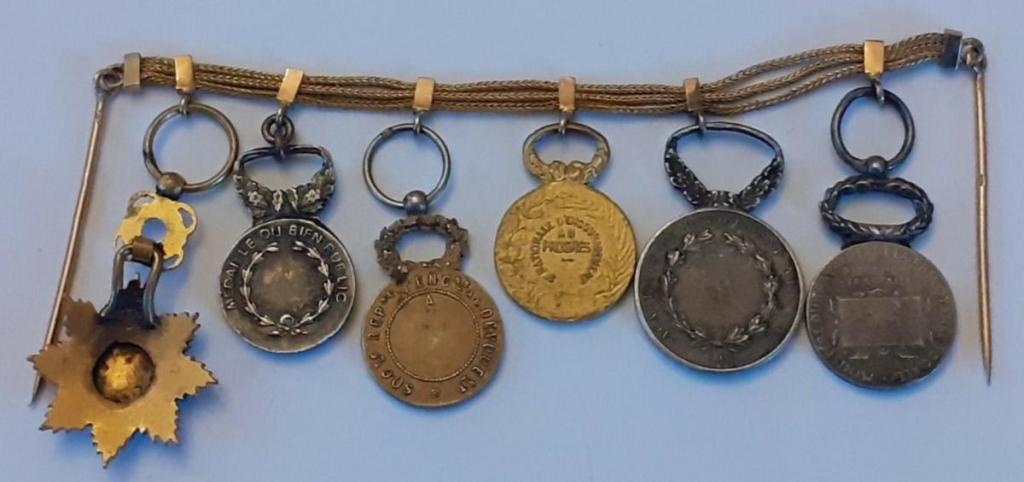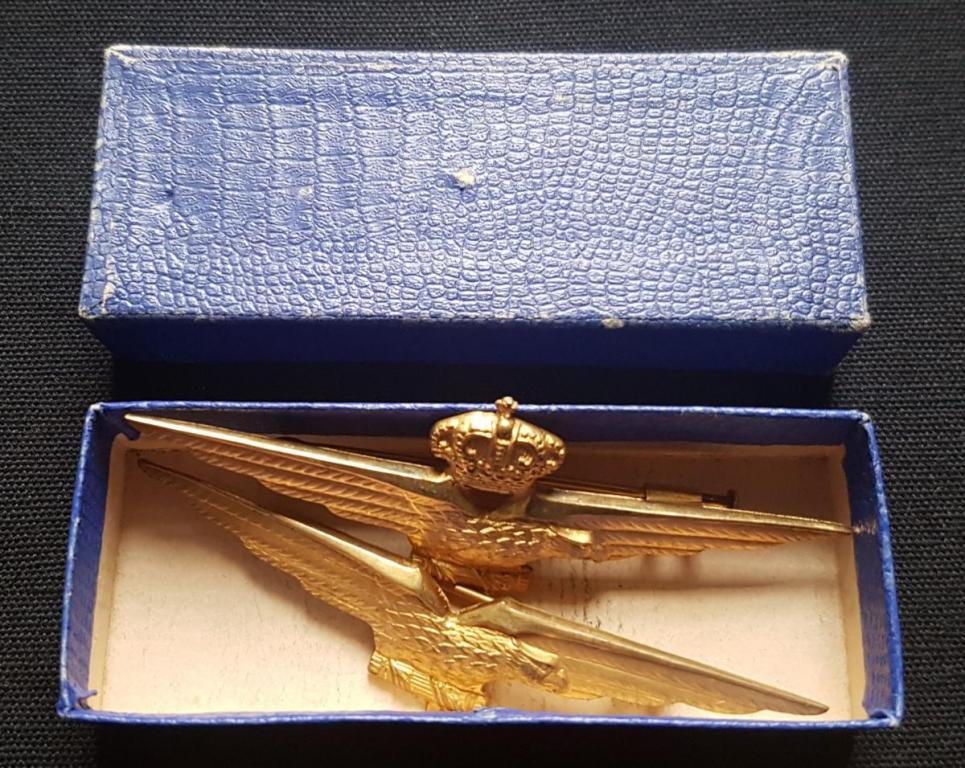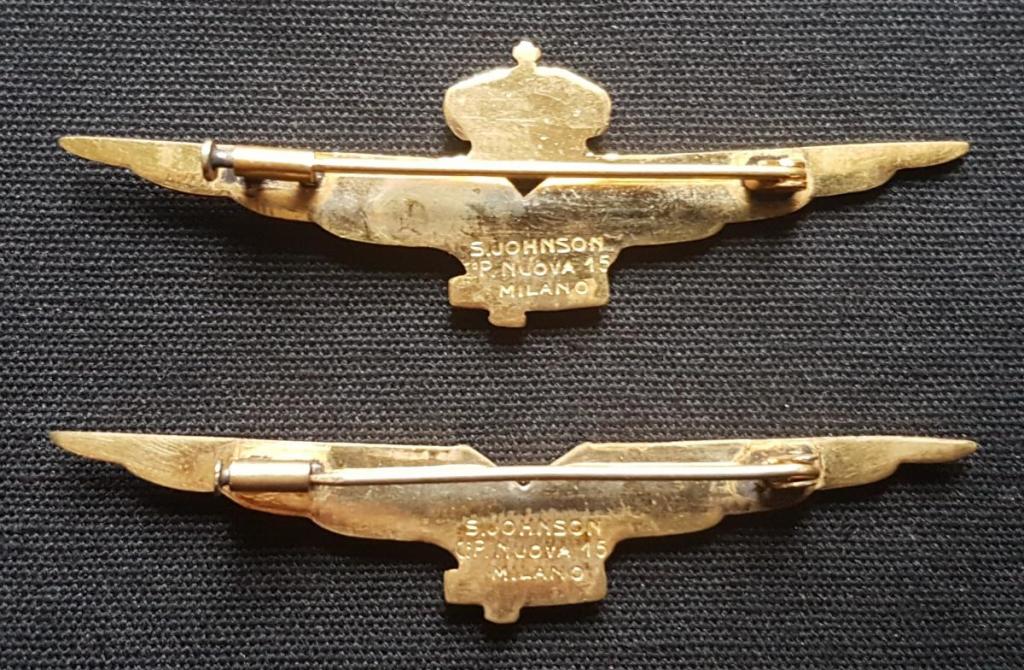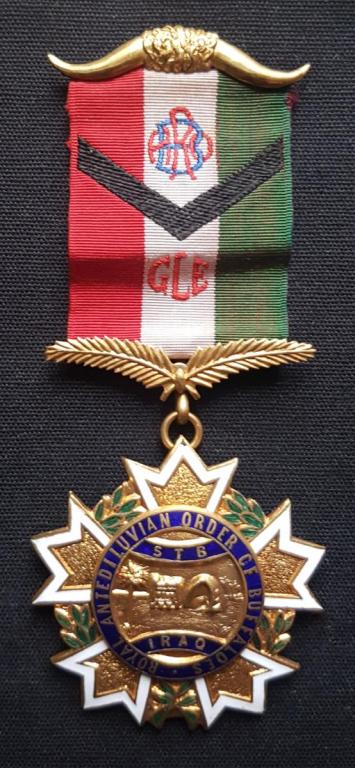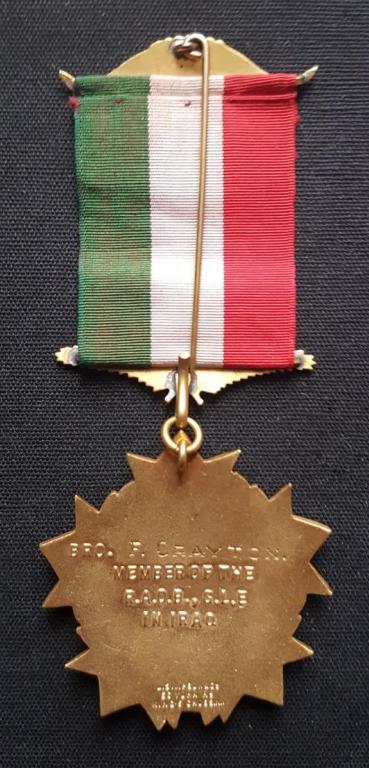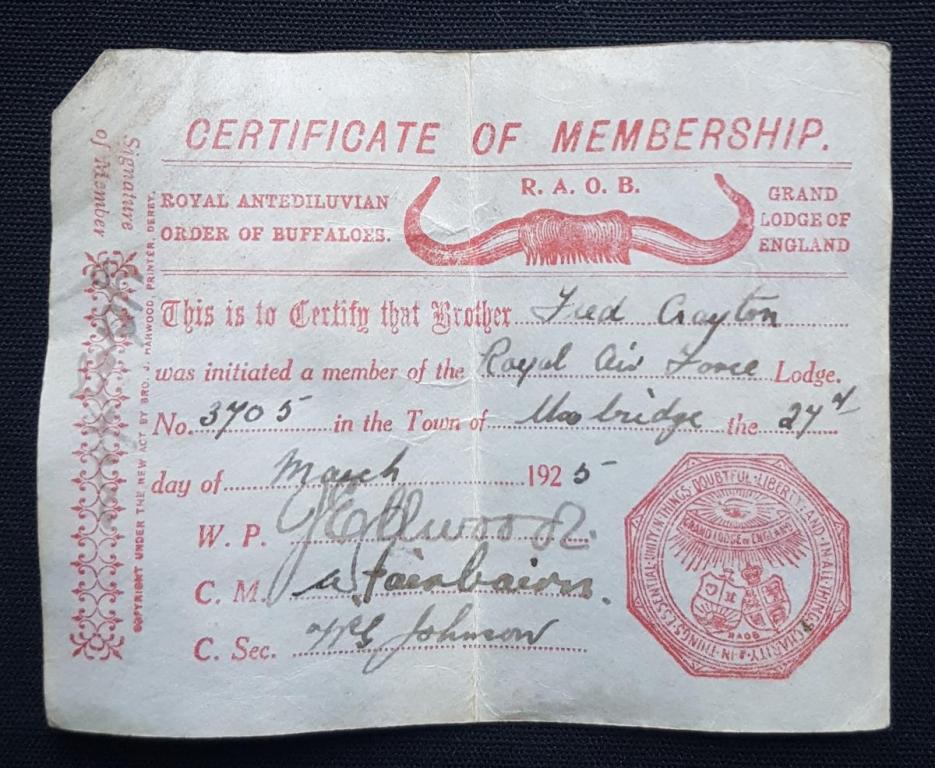-
Posts
1,279 -
Joined
-
Last visited
-
Days Won
32
Content Type
Profiles
Forums
Blogs
Gallery
Events
Store
Everything posted by oamotme
-
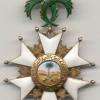
Identification help, please
oamotme replied to JBFloyd's topic in Rest of the World: Militaria & History
Nick, Apologies for delay in acknowledging your post - all good stuff for which many thanks. I believe the star centre and some medals were the same design. I attach images of the medals with the original enamel - these were formerly in the collection of Prof. Dr. Gustav Tammann. Regards, Owain -
Johan, Looks good - a nice period piece - well made - silver gilt with mark on ring. Regards, Owain
-
Good morning, I attach an image of a group which includes the Order of the Star - this was for sale recently at the Ader auction in Paris - I was not the purchaser! Owain
-
Good morning, This group, from Ambassador Mesfin Abebe is in my collection and consists of the following: · Ethiopia – Order of the Star of Ethiopia – Commander (3rd Class) · Ethiopia – Order of Menelik II – Officer (4th Class) · Ethiopia – Emperor Haile Selassie I Silver Jubilee Medal, 1955 · United Kingdom – The Royal Victorian Order- Knight Commander (2nd Class) · Japan - Order of the Rising Sun – Grand Officer (2nd Class) · Federal Republic of Germany – Order of Merit - Grand Officer (2nd Class) · Republic of Sudan – Order of the Republic – Commander (3rd Class) · Brazil – Order of the Southern Cross – Commander (3rd Class) · Greece – Order of George I – Commander (3rd Class) · France – National Order of Merit – Officer (4th Class) · Yugoslavia – Order of the Yugoslav Flag – Officer (4th Class) · Jordan – Order of Renaissance – Commander (3rd Class) · Czechoslovakia – Order of the White Lion – Commander (3rd Class) In my research correspondence with a colleague, Greg Copley, President of the International Society for the Imperial Ethiopian Orders, allowed him the raise the matter with H.I.H. Prince Ermias Sahle-Selassie Haile-Selassie, Honorary Patron of the Society, and who, “asked me to pass on his remembrances of Ambassador Mesfin Abebe which you may wish to quote in your story and to add some texture” to the research on this group. “Mesfin Abebe was Imperial Ethiopian Ambassador to Greece in the early 1970s, and he would receive my Mother and I when we visited Athens. In 1975, when the Dergue's revolution began to bite, he moved with his family to the United Kingdom, where he was granted political asylum. He was a devout monarchist, and in exile in the UK he met frequently with my Uncle, the late Emperor Amha Selassie I, who was also in exile at that time in the UK. He was a highly-respected figure, and was good friends with Maj.-Gen. Nega Tegegne (who fought the Dergue with the Ethiopian Democratic Union forces) and Maj.-Gen. Nega Haile-Selassie (who was a major figure in suppressing the coup attempt in 1960), as well as Ras Andargachew Mesai, who was the husband of Prince Tenagne-Worq, the Emperor's oldest child. He was also a devout Orthodox Christian. Without being overtly political, he was — as someone so opposed to the Dergue — always of counsel to those fighting the communist Dergue.” “He was a quiet, dignified, sophisticated, and well-educated man. He was gentle and soft-spoken, but with a good sense of humour. He was highly social and sociable. He believed in service and duty. He was a career foreign service officer within the Protocol Department, which accounts for his trips accompanying His Imperial Majesty on the many State visits on which he was decorated. He was fluent in French, Greek, English, and, I believe, Italian, in addition to Amharic. I have lost track of his family, but I believe that he was survived by his two daughters.” Regards, Owain
-

Identification help, please
oamotme replied to JBFloyd's topic in Rest of the World: Militaria & History
Jeff, The Arabic script on the circular medal reads "Nishan Dar Al Sultani Bokarai Shareef" which translates as Order of the Noble House of Bokhara. The date is 1353 - date of institution? I believe this to be a medal of the order and which had one time been enamelled. The central inscription in the lozenge shaped medals reads "Bokhara Shareef" (Noble Shareef) and the date 1334. This has also lost its enamel. This may be a military medal of some kind but the script is difficult to read. In some instances the medals were made by person who could not read or understand the language used and thus the script is poorly formed. (This is sometimes the case with French colonial awards form Djibouti or the Comoros.) By the end of the nineteenth century the Bokhara Sultans were vassals to the Tsars and awarded their own orders which Russian recipients were allowed to wear with their Russian awards. Regards, Owain -
Johan, Your query concerning the miniature has resulted in a revealing great images - for which I am most grateful. I am working on a history of the Order of the Seal of Solomon and these images are most welcome. My sincere thanks to you. Kind regards, Owain
-
Johann, Thanks for the image - interesting to note the badge is different from the one given to King Badouin which is a more skeletal design. Is there an image of the breast star? I have tried the Livrustkammaren website but can find no images of the King's awards. Thanks, Owain
-
Johan, Occasionally OSE miniatures appear on E-Bay France. From the date you mention the Chamberlain would have received the order during Ras Tafari's visit to Sweden. As the Regent to Empress Zawditu he visited Europe in 1924. During this tour there were various exchanges of orders - Belgium, France, Germany, Greece, Italy, Luxembourg and United Kingdom. He visited Sweden, 7-13 June – an exchange of awards was made with King Gustav V, 1858-1959, – I have no details but it is known that Ras Tefari received the Order of the Seraphim. I believe the King would have received the Order of the Seal of Solomon but have to date no firm evidence. I attach a picture of the GO OSE awarded to the Joseph Bech the Prime Minister of Luxembourg in May 1924 - on display at the Luxembourg City Museum. The GO OSE is almost certainly by Bertrand of Paris and I would suggest the Swedish Chamberlain would have received the same model. I believe the King would have received the Order of the seal of Solomon but have to date no firm evidence. Regards, Owain
-
Hi, The text reads, "Nation, Honour, Devotion, Border Guards". The lack of a crown would lead me to exclude a Saudi provenance. Also Saudi badges, from memory, use crossed swords not a crossed sword and rifle. Regards, Owain
-
Gentlemen, Further to research into Ethiopian Orders I have come across Dr. Lorch. I attach below his entry in the Deutscher Ordens Almanac of 1908/9. Born 8 February 1851 at Winterlingen - formerly in Wurttemberg today in Baden-Wurttemberg. Ab SS 3 = Abyssinia Seal Solomon 3rd Class Gothic print and Imperial German award abbreviations are not my strong point. Can I ask one of you to 'translate' for me into legible German/English his full entry? With thanks in advance, Owain P.S. I have tried to find other details concerning Dr. Lorch but so far drawn a blank.
-
Gentlemen, I have recently obtained this group of nice miniatures. Can anyone identify the last/sixth award? The combination of life raft suspension and red cross device may indicate some manner of life saving award. The other awards are as follows: Societes de Secours Mutuels / Ministere du Travail et de la Prevoyance Sociale Republique Francaise Academie Devoument National Societe National Devoument et Progres Societe Republicaine d'Encouragement au Devoument Republique Francaise / Medaille du Bien Public Unknown Many thanks Owain
-
Demir, Many thanks indeed - much appreciated. I tried Google translate but with no success! Owain
-
Good evening, I have been given an unknown to me Ottoman title or rank yaveran i hazreti sehriyari Can this be translated? I think the second word is something like 'highness' Thanks, Owain
-

ARAB MEDALS -- United Arab Emirates
oamotme replied to Ed_Haynes's topic in Middle East & Arab States
Ilja, Thanks for the link. The English title is 'award' but the Arabic could also be easily translated as 'prize'. The award in four classes is linked not only to service but time served in qualifying, and the four grades are as follows- Collar 25 years plus, Sash 20 years plus, Badge (the Arabic reads 'order') 15 years plus; and the medal 10 years plus. Regards, Owain -

ARAB MEDALS -- United Arab Emirates
oamotme replied to Ed_Haynes's topic in Middle East & Arab States
Ilja, An interesting combination of community award with a structure of an order. A lot of the Arabic is not clear but the upper inscription on the badge is, "In the name of Allah, etc.". The suspension disc on the collar reads, "The Collar", and on the sash, "The Sash". Some nice symbolism - red and white - the colour of the Dubai flag; seven points to the badge - seven emirates in the UAE; and the use of pearls to reflect the traditional industry of the emirate. Owain -
The lapel badge is also 'Cairo University', Owain
-
Hi, It is a medal from 1956 for/from Cairo University - possibly something to do with 'life education' - it may be some manner of society badge. Regards, Owain
-
Ilja, The certificate notes, "National Order of Labour" of the First Class awarded to Ambassador Salah Ali Hassan Al Malki. Owain
-

ARAB MEDALS -- United Arab Emirates
oamotme replied to Ed_Haynes's topic in Middle East & Arab States
Ilja, Not a medal but a prize. The inscription is not clear but I can make out that is is a prize for humanitarian work in the name of Mohammed Al Qassimi (Sharjah?). The top of the medal, I think, is, 'In the name of Allah, etc." Owain -

Italy - Air Force Wings - World War Two
oamotme replied to oamotme's topic in Southern European & Balkan States
Thanks Nick. Even if I get 50% it will cover a few beers - thank for the link. Owain -

Italy - Air Force Wings - World War Two
oamotme replied to oamotme's topic in Southern European & Balkan States
I am assuming these are of no great scarcity or value. Owain -

Italy - Air Force Wings - World War Two
oamotme replied to oamotme's topic in Southern European & Balkan States
Many thanks - again GMIC members add information! Owain -
Gentlemen, I recently acquired as part of a lot of assorted UK club medals the pair of wings illustrated below. They are very well made and in excellent condition and are made by the firm of Johnson of Milan. The cardboard case may be original. One has a crown and one does not. Online research indicates that the crown was removed from the badge after the fall of the central government of Mussolini. This is not my area of expertise but as they are so well made I am happy to share. No doubt someone in GMIC can enlighten us. Kind regards, Owain
-

R.A.O.B. - Jewels from the Middle East
oamotme replied to oamotme's topic in Masonic Medals & Jewels
Gentlemen, Finally for today another example of a RAOB Iraq jewel - this time of a standard early generic format - see India and Sudan jewels previously illustrated - of gilt metal of excellent quality: Obverse - Royal Antedeluvian Order of Buffaloes / S.T.B. / Iraq (I am unaware as to what STB stands for) Reverse - Bro. F. Crayton / Member Of The / R.A.O.B., G.L.E. / In Iraq (The name has been engraved) & Maker's name - L. Simpson & Co. / 56 York Road / King's Cross N1 In addition the box which the medal came in which is detailed - Telephone : North 0864 / L. Simpson & Co., / Masonic & Buffalo Jewellers, / Battle bridge Works / 56. York Road, King's Cross, / London, N.1. Finally the accompanying certificate of membership which notes that, "This is to Certify that Brother Fred Crayton was initiated a member of the Royal Air Force Lodge No. 3705 in the Town of Uxbridge the 27th day of March 1925". It is reasonable to infer that Fred Crayton was a member of the RAF and was thereafter posted to Iraq. From Wikipedia I detail below the history of RAF Uxbridge. RAF Uxbridge was a Royal Air Force (RAF) station in Uxbridge, within the London Borough of Hillingdon, occupying a 44.6-hectare (110-acre). The British Government purchased the estate in 1915, three years before the founding of the RAF. The station is best known as the headquarters of No. 11 Group RAF, which was responsible for the aerial defence of London and the south-east of England during the Battle of Britain. A bunker, subsequently known as the Battle of Britain Bunker, was built nearby to house the 11 Group Operations Room, which controlled fighter squadrons operating within the group. The Operations Room was also responsible for providing air support during the evacuation of Dunkirk in May 1940 (Operation Dynamo) and the D-Day landings (Operation Overlord). It was here that Winston Churchill first said, "Never in the history of mankind has so much been owed by so many to so few", which he repeated in a speech to Parliament four days later. RAF Uxbridge closed on 31 March 2010 as part of a reduction in the number of Ministry of Defence installations in the Greater London area. Regards, Owain



